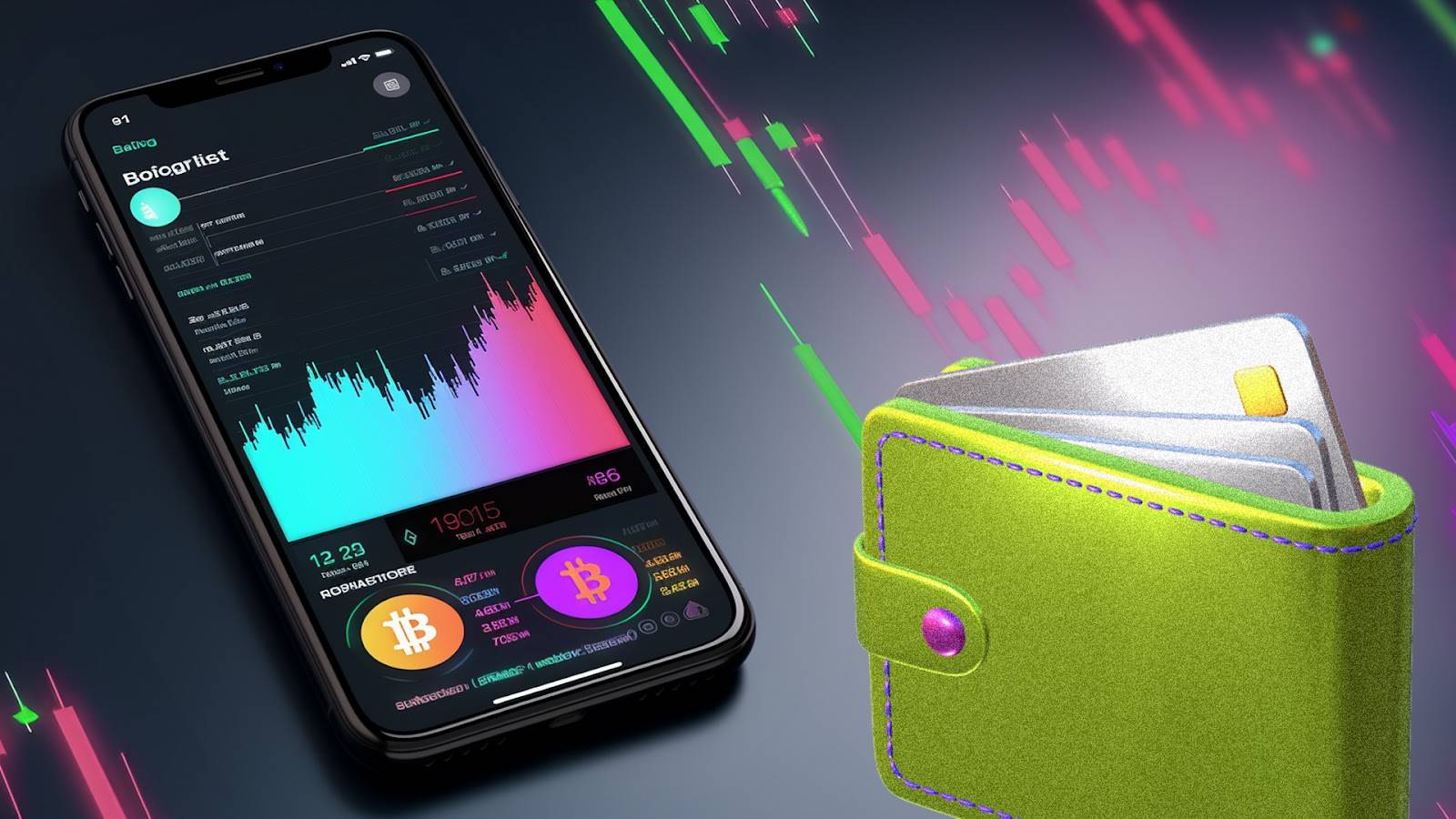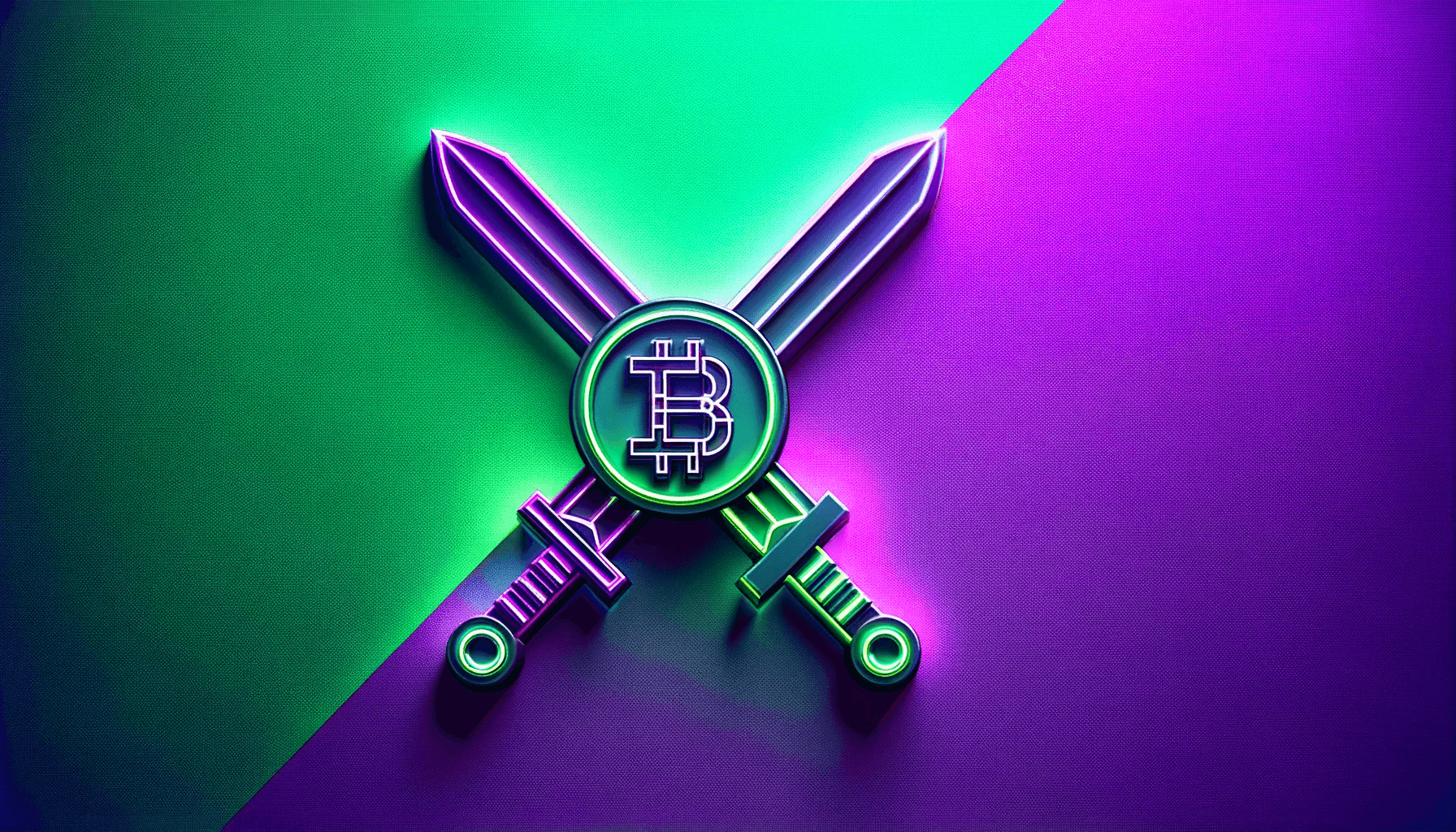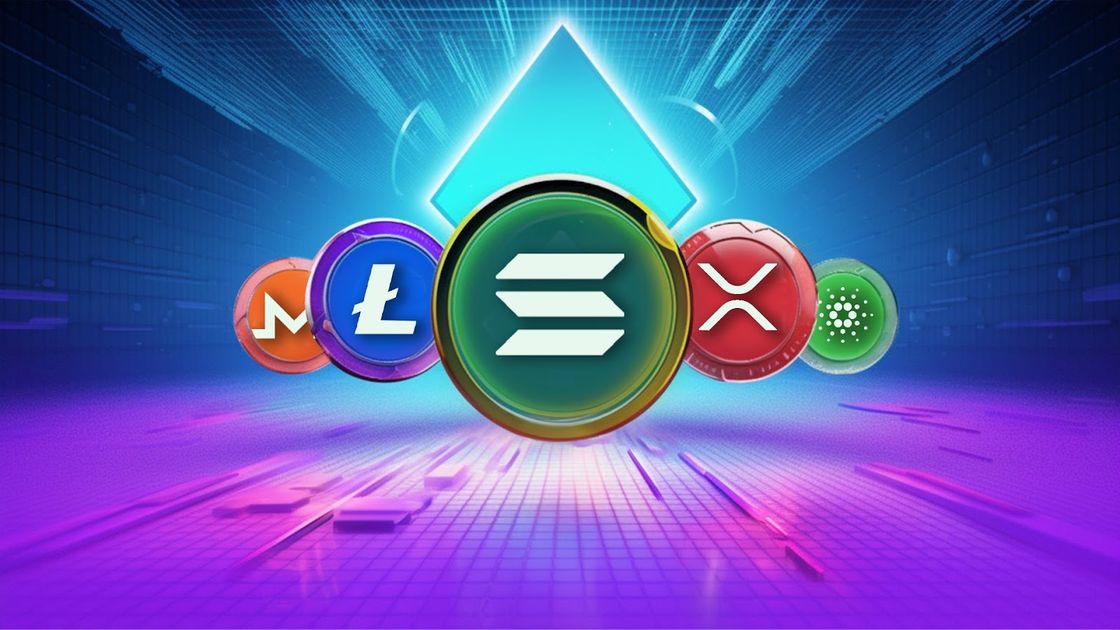
Slippage is a crypto and economy-wide trading concept that essentially entails traders experiencing different prices when it comes to what the market advertises and what the actual trade-executed/transaction price is.
In other words, traders may sometimes buy/sell assets for more/less than they expected to, with the difference between the two prices being called ‘slippage’.
As you’ll learn in this article, slippage is nothing but damaging to your profit margins. In turn, this means that a long and successful trading career unequivocally requires you to understand what it is, how it comes about, and how you can avoid it as proficiently as possible.
In short, you’ll learn how slippage rates often depend on the blockchain, exchange, and assets involved. Further, through having a solid grasp on how these variables work, you’ll be in better stead to make calculated decisions that maximise your profits.
What is Slippage in Crypto
Slippage during crypto trades often occurs for two reasons:
The first is a simple matter of time delays - where by the time you’ve opened your respective crypto exchange and observed the given price, it may have changed by the time you go to make a transaction.
Alternatively, slippage can take place as a result of order size. For example, if you request to buy more tokens than what’s on offer from the cheapest merchant available, slippage will occur when you’re forced to go to the next available merchant who’s selling the in-question tokens at a higher price. Through this process, buyers pay higher and higher prices as their orders make their way through the ‘order book’.
As these two reasons suggest, we can therefore say that price volatility, network congestion, and low market liquidity are the driving forces behind crypto slippage.
When it comes to market volatility, it’s intuitive to conclude that rapid price fluctuations on a given asset increase the likelihood of slippage. In this case, traders should act swiftly on their transactions if they’ve found a market price that they’re happy with.
With regards to network congestion, this can occur due to blockchains having limits on how fast they can process transactions. If, for whatever reason, transaction requests pile up and a queue is formed, transactions will likely take longer to be completed. Here, slippage will take place if price changes take place throughout the transaction delay (i.e. an impact that will be heightened if price volatility is rife).
And finally, when it comes to a lack of market liquidity, this is a simple case of in-question assets not being available at the exact time you request them. As intuition would suggest, this is an issue that is heavily linked to order sizes (as the actual order sizes will ultimately determine how much liquidity is needed).
For ease, here is an example of how low liquidity conditions can lead to slippage…
A Practical Example of Slippage (Using Apples)
If I was to hypothetically enter a market in order to purchase 10 apples, I’d first approach the fruit and vegetable section to inspect the respective prices of each apple merchant.
In this case, I expect to purchase 10 apples for $10, with merchant #1 selling them for $1, merchant #2 for $1.20, and merchant #3 for $1.40.
Although they were all fully stocked at the start of the day, stock levels have naturally decreased by the time I approach merchant #1 to make my order of 10 apples for $10. With this in mind, there happened to only be 3 apples left in this scenario… therefore meaning that I was only able to purchase 3 apples for a combined sum of $3.
Because I want 10 apples, I then approach Merchant #2 to purchase the next cheapest available apples. However they only have 5 apples left, meaning I was only able to purchase 5 apples for a price of $1.20 each (for a combined sum of $6).
Thankfully merchant #3 has enough apples for me to finally acquire 10. This meant that I bought 2 final apples for a price of $1.40 each (for a combined sum of $2.80).
In all - and after some quick numeracy - I purchased 10 apples for a combined $11.80 (instead of my ideal/expected amount of $10). In turn, this renders a slippage of $1.80 (a.k.a. a slippage rate of 18%).
Slippage Rates: Getting the Balance Right
When it comes to working with slippage options, it’s often about finding the optimal balance between choosing a slippage rate that will execute the order quickly, and choosing a rate that doesn’t see you pay over the odds.
As logic suggests, a ‘too low’ slippage rate could leave you unable to make purchases, however a ‘too high’ rate (also known as ‘front running’) could leave you paying more than you actually need to.
Of course, such trade-off poses even more importance when purchasing a mooning memecoin that is quickly garnering attention (and therefore increasing demand levels).
In turn, and after trying to strike a balance between the two trade-offs, orders will either be executed below (or on) the rates you set, or they will fail and you’ll be asked to increase your slippage allowances.
Most exchanges allow you to set slippage rates and/or price movement maximums. This means that if the overall rates/price is above this threshold, the order will fail to execute.
Methods For Avoiding Crypto Slippage
Although slippage in crypto trading is inevitable, there are several actions that you can take in order to avoid paying rates that you’re not comfortable with.
Poignantly, these measures should offer you optimal outcomes when it comes to minimising losses and maximising profits.
Although there’s probably an infinite array of nuanced and trivial steps for hustling your way towards the best slippage rates possible, there are four key areas of concern when avoiding high slippage rates. These involve limit orders, stop losses, trading bots, and market analysis.
Limit Orders
Limit orders allow you to choose a specific price that you’d be happy to buy at. Once implemented, order executions will only take place at or below that given price level, therefore meaning that surprise spending hikes won’t be a concern.
An important thing to note here is that centralised exchanges often offer limit order options, however most decentralised exchanges don’t.
Stop Losses
Similar to limit orders, stop losses essentially restrict the price movements of assets before an order is executed. This means that transactions will fail if price levels go above your chosen thresholds - which again, completely negates any risks of paying more than what you’re happy with.
Trading Bots
If you don’t want to be continuously implementing these measures yourself, you can always deploy a trading bot to automate your trades for you.
Through the use of advanced algorithms, trading bots can monitor market movements and execute subsequent trades much faster than us humans can. Of course, for this to first happen you’ll need to provide instructions with regards to your limit order desires.
Additionally, the continuous nature of their working schedules means that trading bots can capitalise on momentary favourable conditions that you’d likely miss if you were acting alone.
Crypto Market Analysis
In reverting to the fundamentals of crypto trading, simultaneously monitoring market conditions would massively benefit your slippage avoidance endeavours.
Further, through the intel that you’ve acquired when it comes to the cryptocurrency in-question, you can then deploy more proficient order limits, stop losses, and trading bots.
On another note, tokens that entail slippage (such as smaller altcoins/memecoins that have lower market caps) often come with engaged community investors who share knowledge on what the best slippage rates are for a given coin. However, given the volatility of crypto markets, these rates can often change on a daily - if not hourly - basis.
Crypto Slippage Across Different Blockchains & Exchanges
The cryptocurrency that you’re wanting to purchase can also have a direct bearing on what slippage rates you may have to succumb to.
In general, each cryptocurrency has its own level of liquidity and volatility…which as previously discussed, are two pivotal factors in determining slippage rates.
For example, Bitcoin or leading altcoin Ethereum almost certainly will have sufficient levels of liquidity for trades to take place swiftly (whilst also boasting relatively stable price levels over the short term).
On the opposite end of the spectrum, tokens such as freshly-minted memecoins with short-term hype will entail less liquidity and a lot more price volatility.
That being said, things become a little more complex when considering what platform to make your trades on. Of course, here you have the choice of centralised exchanges (CEX) and decentralised exchanges (DEX).
When it comes to the former, the ‘order book depth’ and trade activity on the CEX in question will influence the slippage rates on offer.
Alternatively, DEXs (such as leading platforms PancakeSwap and Uniswap) purely rely on liquidity pools in order to execute trades. With this in mind, problems can easily arise if liquidity is low, however a benefit of DEXs is that you can operate within an entirely decentralised environment (where network security threats are lower).
Here, it’s also common knowledge that default DEX slippage rates are between 0.5%-1% - which, of course, can be altered by users.
And as previously mentioned, the majority of CEXs offer order limit features, however many DEXs don’t.
Additionally - and rather unconventionally - one of the best ways to identify the optimal slippage rates (for setting or altering purposes) is to simply google the name of your chosen crypto exchange alongside the word ‘slippage’. In turn, you should see a solid set of results that’ll point you in the right direction.
FAQ
What is Crypto Slippage?
Slippage in crypto markets refers to the difference between the expected price of a trade and the actual price in which the trade is executed.
It typically occurs in fast-moving markets where there is a delay between the time a trade is initiated and the time it is executed.
In turn, slippage can result in traders buying or selling at a price that is different from what they expected.
What Causes Crypto Slippage?
Crypto slippage can be caused by various factors, including:
Market Volatility: High volatility can lead to rapid price changes, making it challenging for orders to be executed at the desired price.
Liquidity: Illiquid markets may offer fewer buyers or sellers, therefore meaning larger price discrepancies when executing trades may occur.
Order Size: Large orders can potentially cause more slippage as they may need to be split into smaller orders, which could be executed at different prices.
Market Orders: Market orders are executed immediately at the best available price, which can lead to slippage if the market is moving rapidly.
Latency: Network and platform delays can also contribute to slippage, especially during times of high trading activity.
How Can Crypto Traders Minimise Slippage?
Traders can employ several strategies to minimise slippage. These include:
Use Limit Orders: Placing limit orders allows traders to specify the maximum price (for a sell order) or the minimum price (for a buy order) they are willing to accept.
Trade During High Liquidity Periods: Trading during peak market hours when there is higher liquidity can reduce the likelihood of significant slippage.
Avoid Large Orders: Splitting large orders into smaller ones can help prevent excessive slippage.
Utilize Advanced Trading Tools: Some platforms offer advanced trading tools like stop orders and trailing stops that can help manage slippage. Deploying trading bots can also be a proficient course of action.
Stay Informed: Keep an eye on market news and events that could potentially lead to increased volatility.
Can Crypto Slippage Ever be Eliminated?
It’s not always possible to entirely eliminate slippage when trading crypto, however following best practices and using advanced trading tools can help mitigate its impact. That being said, slippage may still occur in extremely volatile markets or during unusual circumstances.
Is Slippage Exclusive to Cryptocurrencies?
No, slippage is not unique to cryptocurrencies. It can occur in any financial market, including stocks, commodities, and forex (especially during periods of high volatility or low liquidity).
How is Slippage Calculated in Crypto Trades?
Slippage is calculated by taking the difference between the expected price of a trade and the actual executed price, then multiplying it by the size of the trade. As a formulaic expression, slippage is calculated as:
Slippage = (Expected Price - Executed Price) ∗ Trade Size
Want More Cutting-Edge Crypto News?
Follow Us: X TikTok Instagram Telegram LinkedIn
Sign up to our newsletter at the bottom of the page
Check Out Our Top 10 Crypto Currencies of 2023
This article is intended for educational purposes and is not financial advice.


















